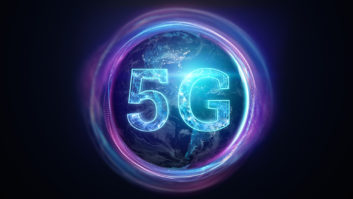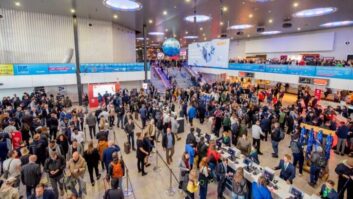Broadcasters from six European countries have signed a memorandum of understanding to work together on a plan to develop business models and broadcast applications around 5G Broadcast.
France Télévisions (France), RAI (Italy), SWR, BR (Germany), NPO (Netherlands), RTÉ (Ireland) and ORF/ORS (Austria) said they expect to demonstrate jointly developed 5G Broadcast applications and commercial use cases during the 2024 Summer Olympics in Paris and the UEFA European Football Championship in Germany.
The work will enable the broadcasters to accurately assess the feasibility of adopting and rolling-out 5G within the next few years, they said.
Michael Wagenhofer, managing director ORS Group, said: “The goal is to enable a European 5G Broadcast ecosystem for public media, cultural operators, creatives and audiovisual content providers, to reach mobile devices via direct reception and to make 5G broadcast market-ready.
“With this future-proof development, new use cases and business models such as car-entertainment systems, emergency warning and information services or for the metaverse will also be possible.”
The technology provides easy and democratically important access to audiovisual content, added the group of broadcasters. It also enables network operators and media content providers to deliver content and data to a large number of consumers in a crisis-proof manner – during live events, for example – without affecting the 5G mobile network. 5G Broadcast-based services will supplement existing DTT deployments and advance terrestrial networks for an IP-driven future.
The basis for interference-free broadcasting is the UHF frequency spectrum between 470 MHz and 694 MHz, which has been proven throughout Europe and is in addition to broadcasting used exclusively for live productions by cultural institutions using wireless production technology.







